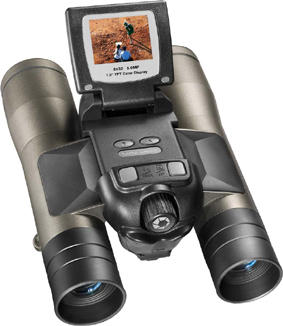


Metal reflects it, and most opaque objects block it. Glass is quite transparent to this, as are many lightweight fabrics (most notably, those used in swimsuits). Most greyscale night images are using this part of the infrared spectrum. Most " night vision" cameras use this because the sensors are cheap (just stick a visible-light-blocking filter over a digital camera sensor) and because you can illuminate an area with IR-emitting LEDs without anyone noticing. Near-infrared (wavelengths of 700 nm to 1400 nm): Produced by objects that are glowing hot (light bulbs, the sun, fires).The infrared spectrum is typically divided into four groups: The infrared spectrum is over three thousand times wider than the visible spectrum (visible = 400nm to 700nm infrared = 700nm to 1,000,000nm) and has substantially different properties depending on which part of the infrared spectrum you are at. One can therefore conclude that either writers and directors don't watch Fox, or that it's yet another case of technology gone awry in the service of the plot.
Xray vision cameras driver#
You can see the heat of the car engine, the tires, the ground where something hot has been, even the reflection of heat off the ground, yet you can't see the driver and his passengers although the few millimeters of metal making up the car body is a lot thinner than the several inches of material making up the average house wall. The truth is plainly obvious from all those televised high-speed chases in Los Angeles where the chase takes place at night so the Forward Looking Infrared camera on the police helicopter gets to show the Cool High Tech imagery. Steam is not good for IR either, but any light fog (which is usually cool) could be penetrable to an extent. Anyone looking at a sheet of glass with a thermal imager is more likely to see their own reflection.
Xray vision cameras tv#
In fact an infrared camera meant for thermal imaging (as opposed to near-infrared), the kind most often seen on TV and movies, cannot even see through a sheet of regular glass that's perfectly clear to anyone using the Mark One Eyeball (this is the effect greenhouses are based on). Walls are generally supposed to stop heat from getting through them, which is why they are insulated. Heat simply doesn't go through walls in such a way to form a picture. Sadly, real thermal imaging infrared cameras don't work like that at all. It's incredibly convenient for the good guys being able to make out what's happening inside the building. Whenever someone calls for the infrared camera on TV shows and film these days, either the handheld version or one mounted on Spy Satellites, the device will have amazing qualities, chief among them being able to see through walls.


 0 kommentar(er)
0 kommentar(er)
